Estimated reading time: 2 minutes
People have been making bread for thousands of years. In fact, there is evidence of people making bread as far back as 30,000 years ago. Unfortunately, prehistoric men didn't write down their bread recipes on clay tablets. However, we have a good idea of what those recipes were.
According to scientists, people used to mix together wild wheat and root vegetables such as sweet potatoes, then they would either fry it or bake it.
For more detailed instructions, check out this video by Off Grid With Doug & Stacy. She explains exactly how to make the world's oldest bread.
Want to save this post for later? Click Here to Pin It on Pinterest!
Ingredients:
- 1/2 teaspoon of salt.
- 1 cup of sprouted wheat flour.
- 1 cup of sweet potatoes (boiled and mashed up).
- 2 tablespoons of oil (for frying.)
Directions:
- Mix together the salt, flour, and sweet potatoes until the dough isn't sticky (add more flour if needed).
- Shape the dough into a log and cut it into 5 to 10 pieces, depending on what size pieces you want.
- Form the pieces into balls and flatten them out with a rolling pin.
- Heat the oil in a pan over medium heat.
- Cook the pieces in the pan, 2 to 3 minutes per side or until it's brown and puffy.
Watch the video below to see her make this bread.


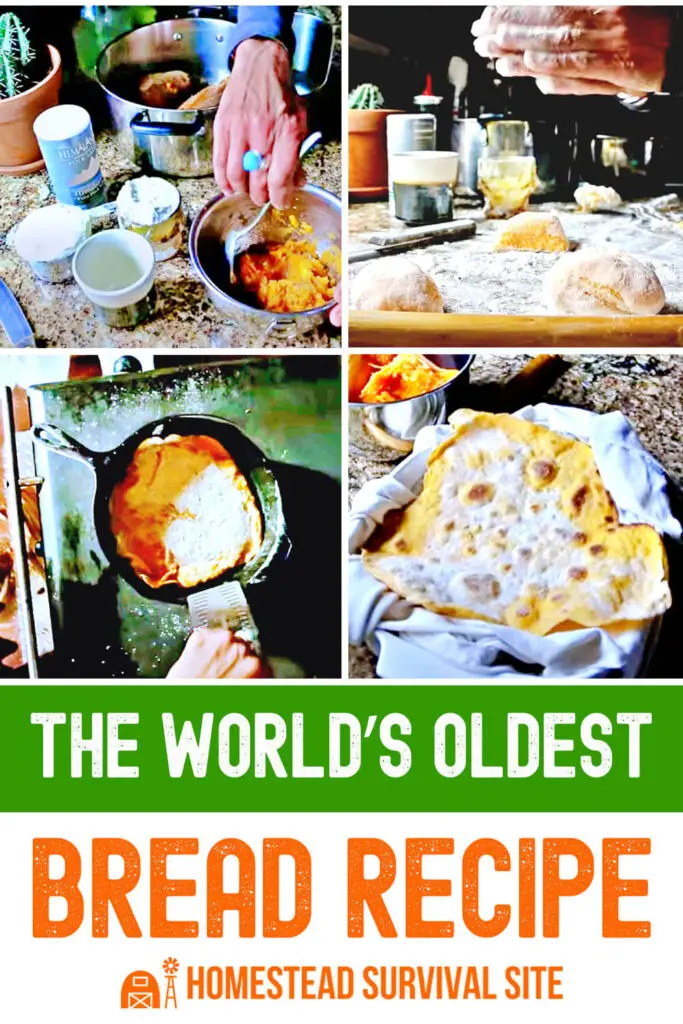
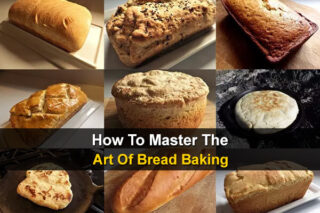
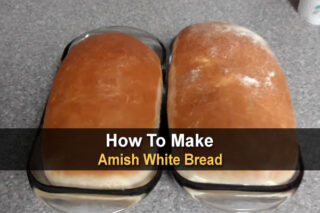

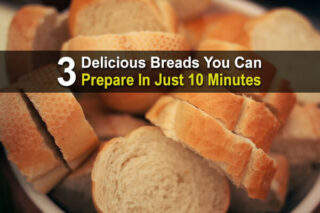
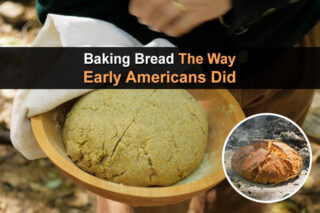
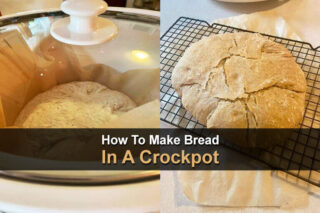


you realize that sweet potatoes are from Peru and Wheat is from Eurasia
so maybe turnips or carrots and such
a different root vegetable
not from the nightshade family
Several years back I made a loaf of bread to take to a covered dish meal at my job. My supervisor asked me if I had a bread machine. With a straight face I said yes, it’s called an oven. Everybody laughed and laughed about that. I guess it was mean of me, but I was new to data entry and she’d been really getting on me about how slow I was. I think I was born in the wrong century. I can cook, sew, crochet, build a fire, but modern things like computers mess me up!
I concur.
you are not alone. x
It’s not you. No one can eat computers or stay warm through any “program”. Carry on, Earth Child. You’re on the right path.
Sincerely,
Tikvah
This looks very tasty, I’ve never tried to mix taters and flour, can’t wait to try this recipe. It definitely is not the oldest bread recipe. Wheat was domesticated in the Fertile Crescent thousands of years before most people ever encountered a sweet potato, which are from South America, one of the last continents settled.
‘taters didnt come to UK until they were brought back as specimen plants from the American continent. I think seeds and nuts were ground in similar fashion. I have a glut of butternut squash which I had to rescue as got frozen in storage. I was thinking soup but this article has inspired. Instead of potato cakes – (not actually cake but more a hash brown) I shall be doing squash-cake.
I would think the first “breads” were made with some sort of ground grain and/or nuts (wheat, corn, barley, acorns, amaranth, pine nuts, etc.), salt, lard or oil, and water, mixed by hand to proper consistency, flattened into thin rounds and cooked on hot rocks or fired clay as either flatbread or tortillas. Modern recipes include baking powder and such, but I don’t think baking powder was available thousands of years ago, although natural yeast cultures may have been used for “leavened” breads that may have been baked in fired clay pots or ovens, maybe even wrapped in leaves and placed in banked coals.
i have read recipes that use the white part of wood ashes as baking soda
What about baking in a bread machine?